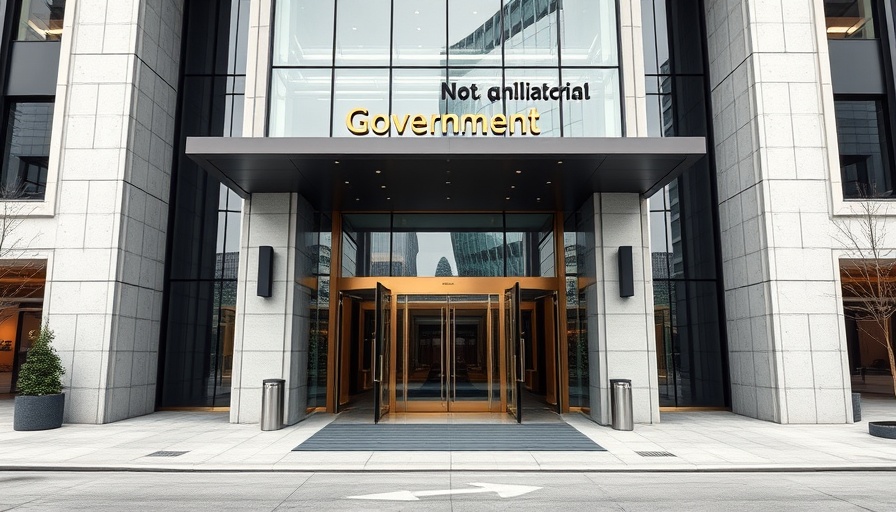
Understanding Heat Stress in Workspaces
In recent years, a growing awareness of heat stress has surfaced among industry professionals, especially in fields such as construction and outdoor maintenance. Understanding heat stress—defined as the body’s inability to regulate its core temperature due to excessive heat—has become crucial for business owners and facility managers. It not only impacts employee health and productivity but also plays a vital role in overall workplace efficiency. As summer temperatures rise and the climate changes, finding effective strategies to combat heat stress has never been more relevant.
Innovative Technologies Supporting Heat Management
Advancements in technology now provide business owners with new tools to monitor and manage heat stress. For example, wearable technology has gained traction in various industries, allowing workers to receive real-time feedback on their body temperature and hydration levels. Technologies such as smart helmets equipped with temperature sensors can alert workers when they are at risk of heat stress. This not only enhances worker safety but also protects businesses from potential legal ramifications associated with workplace injuries.
Enhanced Policies for Employee Protection
Equally important as innovations in technology are the policies that businesses implement to protect their employees. Companies are increasingly adopting heat safety protocols, including mandatory breaks, hydration stations, and education about recognizing the signs of heat-related illnesses. Effective communication within the workforce about the dangers of heat exposure can create a safer environment for everyone. Training programs in workplace safety emphasize these measures, ensuring that all employees are equipped to handle extreme heat conditions.
Building A Culture of Wellbeing
Establishing a culture that prioritizes employee wellbeing can yield significant benefits. When companies invest in health and safety initiatives, they not only enhance the morale of the workforce but also increase retention rates. A focus on worker welfare enhances business reputation, aligning with the values of socially conscious consumers. In today's competitive market, a culture of care can serve as a significant differentiator.
Preparing for the Future
Future trends suggest that heat stress management will become an integral part of facility management strategies. As climate change continues to influence weather patterns, businesses will need to adapt. Maintaining cooler work environments, utilizing energy-efficient building systems, and exploring sustainable cooling solutions can mitigate heat stress impacts long-term. By integrating these systems into their design blueprints, developers and property managers can future-proof their spaces while promoting health and wellness.
Take Action for a Safer Workplace
For business owners and facility managers, it’s essential to take proactive steps in managing heat stress, particularly as temperatures continue to rise. Evaluating current policies, investing in new technologies, and fostering a culture of wellbeing are steps that will not only safeguard employees but also enhance overall productivity and efficiency. To navigate the challenges presented by climate changes and rising temperatures effectively, consider partnering with experts who specialize in commercial space optimization.
 Add Row
Add Row  Add
Add 




Write A Comment